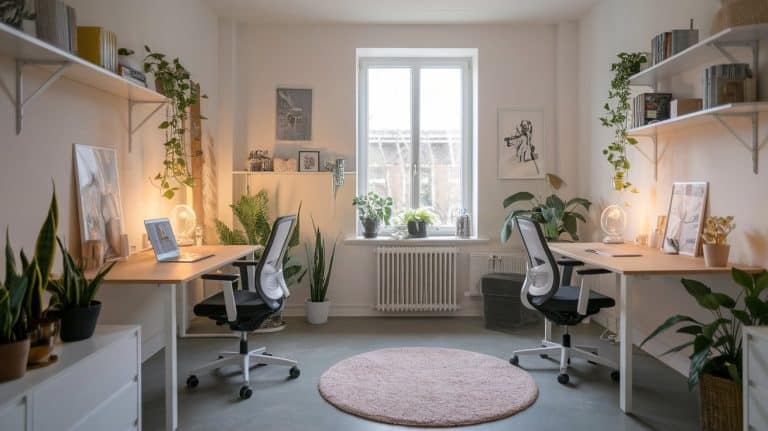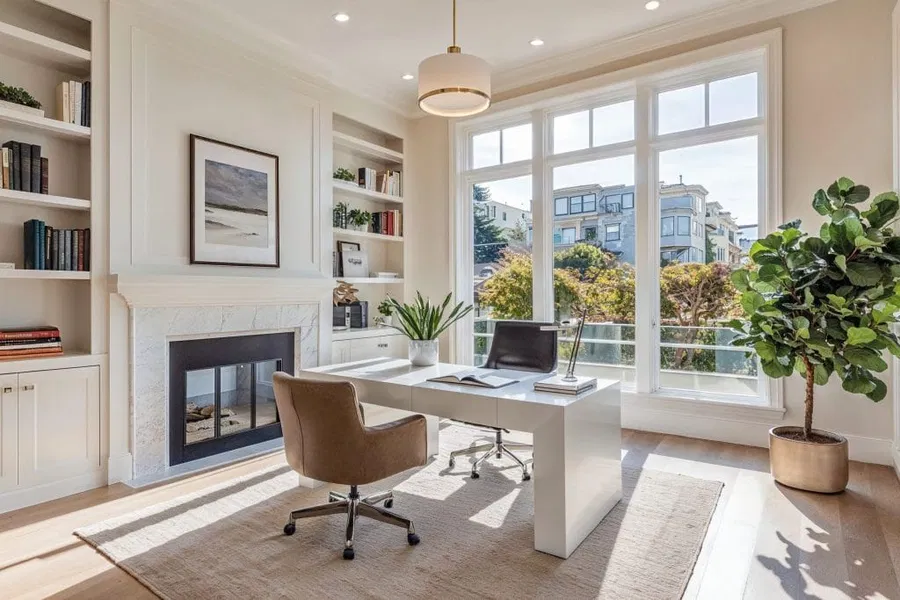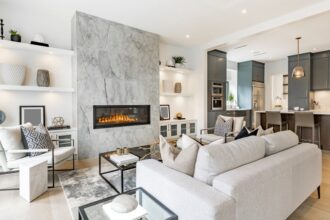Remote work has become more than just a trend—it’s now a lifestyle choice for millions of professionals around the world. But working from home is only as effective as the environment you create for yourself. Much like a carefully chosen hidden face cap girl dp can subtly reflect personality online, the design of your home office quietly communicates your mindset and influences how effectively you work. By blending comfort, organization, and style, you can craft a workspace that not only looks appealing but also fuels productivity.
Choose The Right Location
The first step in designing a productive home office is selecting the right location. While not everyone has the luxury of a separate room, even a quiet corner in a bedroom or living area can be transformed into a functional workspace. The key is minimizing distractions. Natural light, proper ventilation, and distance from noisy household areas all contribute to focus and efficiency.
Invest In Ergonomic Furniture
Productivity is tied closely to comfort. Sitting at a poorly designed desk or chair can lead to back pain, fatigue, and decreased concentration. Investing in ergonomic furniture ensures that your posture remains healthy and your body supported. A good chair, adjustable desk, and proper monitor height make a significant difference in long-term work performance.
Declutter With Smart Storage
A clutter-free environment encourages clear thinking. When papers, books, and office supplies pile up, it becomes harder to focus. Smart storage solutions—like floating shelves, filing cabinets, and drawer organizers—help maintain order. Just as platforms offering provide a structured system for buying and selling, your office should be equally organized, with everything in its place and easily accessible.
Personalize Your Space Thoughtfully
Adding personal touches can make your office feel inviting, but moderation is key. A few framed photos, a plant, or a motivational quote can spark creativity without becoming distractions. Personalization should inspire focus, not pull you away from work. Emotional expression can be subtle, much like the poetry found on https://mysadshayari.com, where feelings are conveyed with just the right balance. Similarly, your décor should balance warmth with professionalism.
Maximize Natural And Artificial Lighting
Lighting has a direct impact on productivity. Natural light boosts energy levels and reduces eye strain, while artificial lighting fills in the gaps when natural sources are limited. Position your desk near a window if possible, but also invest in task lighting such as LED desk lamps. Bright, well-lit environments promote alertness and make extended work sessions more manageable.

Technology That Supports Productivity
A functional home office requires reliable technology. High-speed internet, a quality webcam, and noise-canceling headphones are now essentials. Depending on your work, additional tools like dual monitors, printers, or projectors may also be necessary. The smoother your technology runs, the less time you’ll spend troubleshooting and the more time you’ll dedicate to meaningful work.
Plan For Future Flexibility
Work demands change over time, so designing with flexibility in mind is crucial. Modular furniture that can be rearranged, adjustable lighting, and multipurpose desks help ensure your office evolves with your needs. In the same way people adapt when they buy and sell homes, your office should be capable of adjusting to shifting roles, projects, or family circumstances.
Add Comfort Without Compromise
While a workspace should be professional, it also needs to be comfortable enough to spend hours in. Adding a cozy rug, soft curtains, or temperature control measures can improve comfort without undermining focus. The goal is to create a space you enjoy spending time in, which naturally increases your willingness to remain engaged.
Consider The Role Of Food And Breaks
Productivity isn’t about working endlessly—it’s about working smart. Taking breaks and eating well are part of maintaining energy and creativity. Design your home office near the kitchen or set up a small refreshment corner with water and healthy snacks. For variety, exploring resources like www.dinepedia.com.au can help you discover new meal ideas that keep you energized throughout the workday. Balanced nutrition combined with structured breaks can make your home office routine more sustainable.
Keep Distractions At Bay
One of the biggest challenges of working from home is managing distractions. Setting boundaries with family, silencing unnecessary notifications, and using productivity apps can help you stay on track. Design-wise, this might mean adding soundproofing, creating visual separations, or using minimal décor that keeps your attention on work.
Final Thoughts
Designing a home office that boosts productivity requires a balance of functionality, comfort, and personal style. From choosing the right location and furniture to integrating technology and thoughtful décor, every detail plays a role in how effectively you work.
A productive space is more than just a desk and chair—it’s an environment that inspires focus, supports your well-being, and adapts to your evolving needs. With careful planning and a mindful approach, your home office can become not only a place of work but also a hub of creativity and success.






